Aeon Video has a monthly newsletter!
Get curated editors’ picks, peeks behind the scenes, film recommendations and more.
How an Earth science outsider finally put the Pangea puzzle together
For centuries, scientists – and pretty much anyone who had ever laid eyes on a world map – noticed that the continents seemed to fit together like puzzle pieces. But it wasn’t until the German meteorologist Alfred Wegener became convinced that the continents once formed a mega-continent and had been drifting away ever since, that anyone truly began to understand why. While on a field expedition in Greenland in 1906-08, Wegener noticed how ice caps looked like puzzle pieces after they had fractured and drifted apart. He concluded that something similar must have happened with the continents and began publicising his ‘continental drift’ hypothesis in 1912. But even though it offered a compelling explanation for some of geology’s most fundamental unanswered questions, continental drift received an icy reception from the geology community, who viewed Wegener as a naive outsider. It wasn’t until 50 years later – well after his death during yet another Greenland expedition – that his theory, confirmed and slightly altered by the discovery of plate tectonics, became widely accepted.
Part of Sweet Fern Productions’ Animated Life series, this short animation recounts Wegener’s extraordinary life story, and makes a case for the importance of outsiders and interdisciplinarity in science.
To learn more about continental drift and plate tectonics – and endemic sexism in the scientific community – watch Marie Tharp: Uncovering the Secrets of the Ocean Floor.
Directors: Flora Lichtman, Sharon Shattuck
Website: BioInteractive

video
Cosmology
Tiny, entangled universes that form or fizzle out – a theory of the quantum multiverse
11 minutes
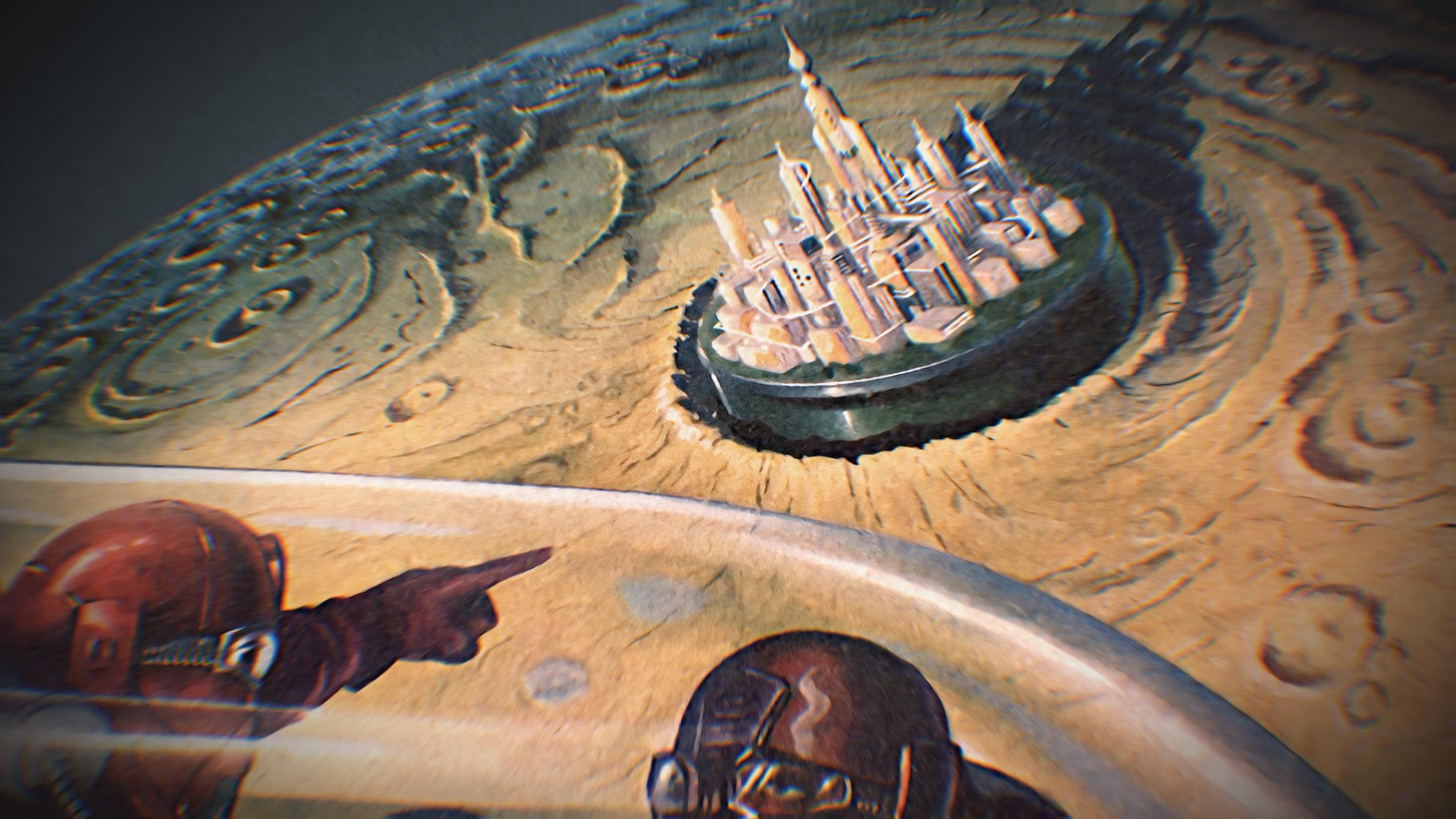
video
Astronomy
The history of astronomy is a history of conjuring intelligent life where it isn’t
34 minutes

video
Metaphysics
Simple entities in universal harmony – Leibniz’s evocative perspective on reality
4 minutes
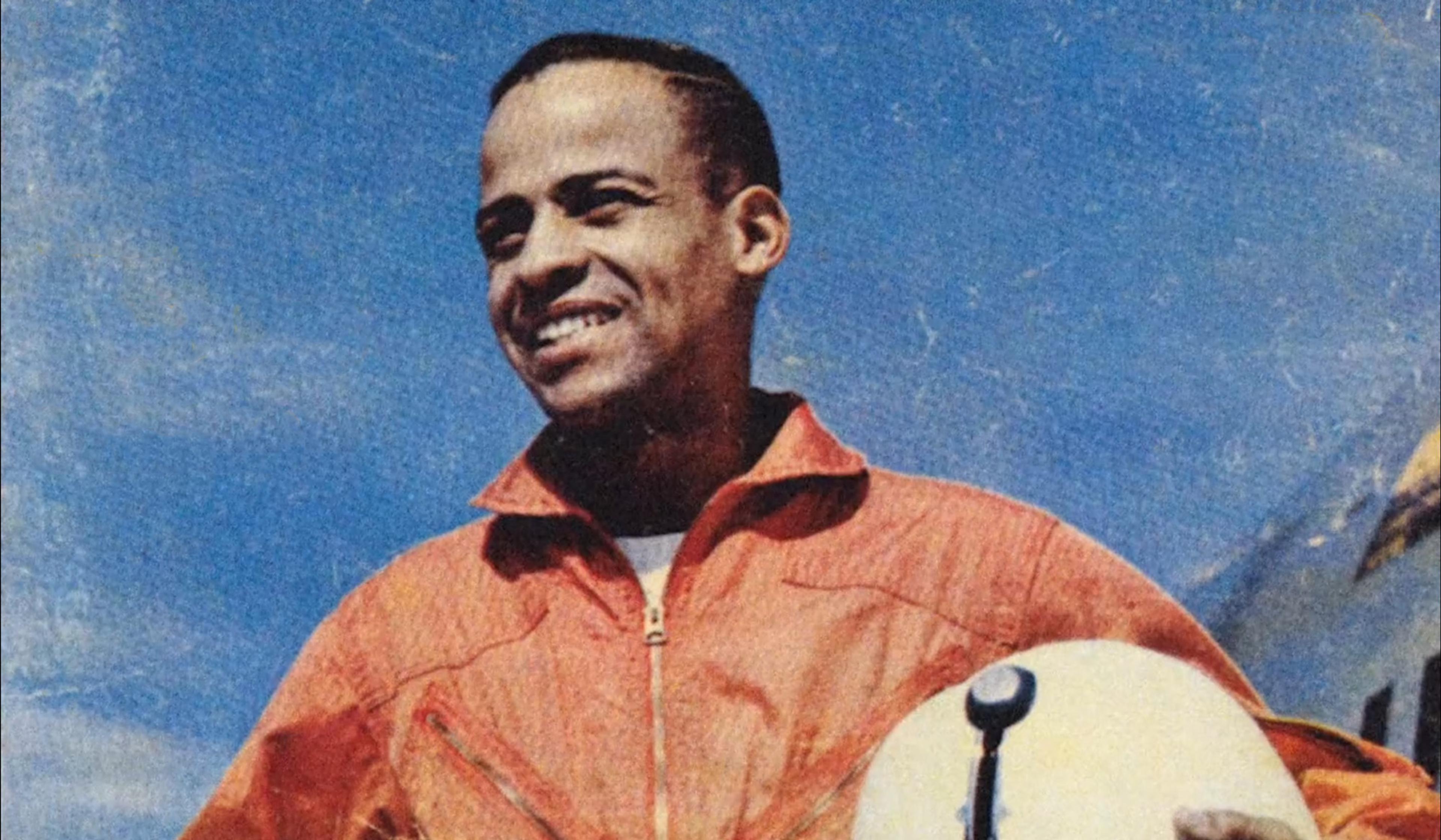
video
Biography and memoir
Passed over as the first Black astronaut, Ed Dwight carved out an impressive second act
13 minutes
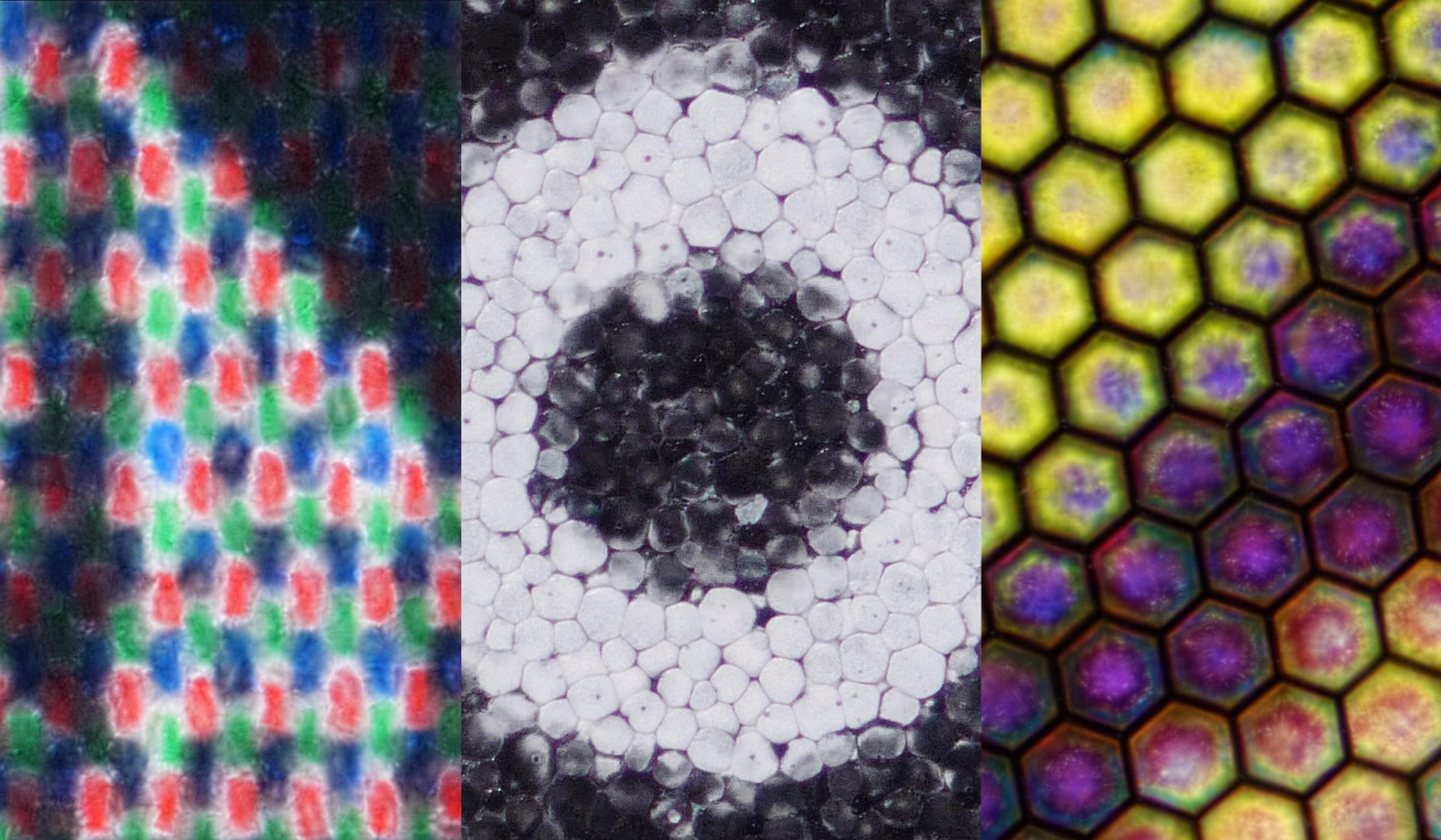
video
Engineering
A close-up look at electronic paper reveals its exquisite patterns – and limitations
9 minutes

video
Cognition and intelligence
What’s this buzz about bees having culture? Inside a groundbreaking experiment
8 minutes
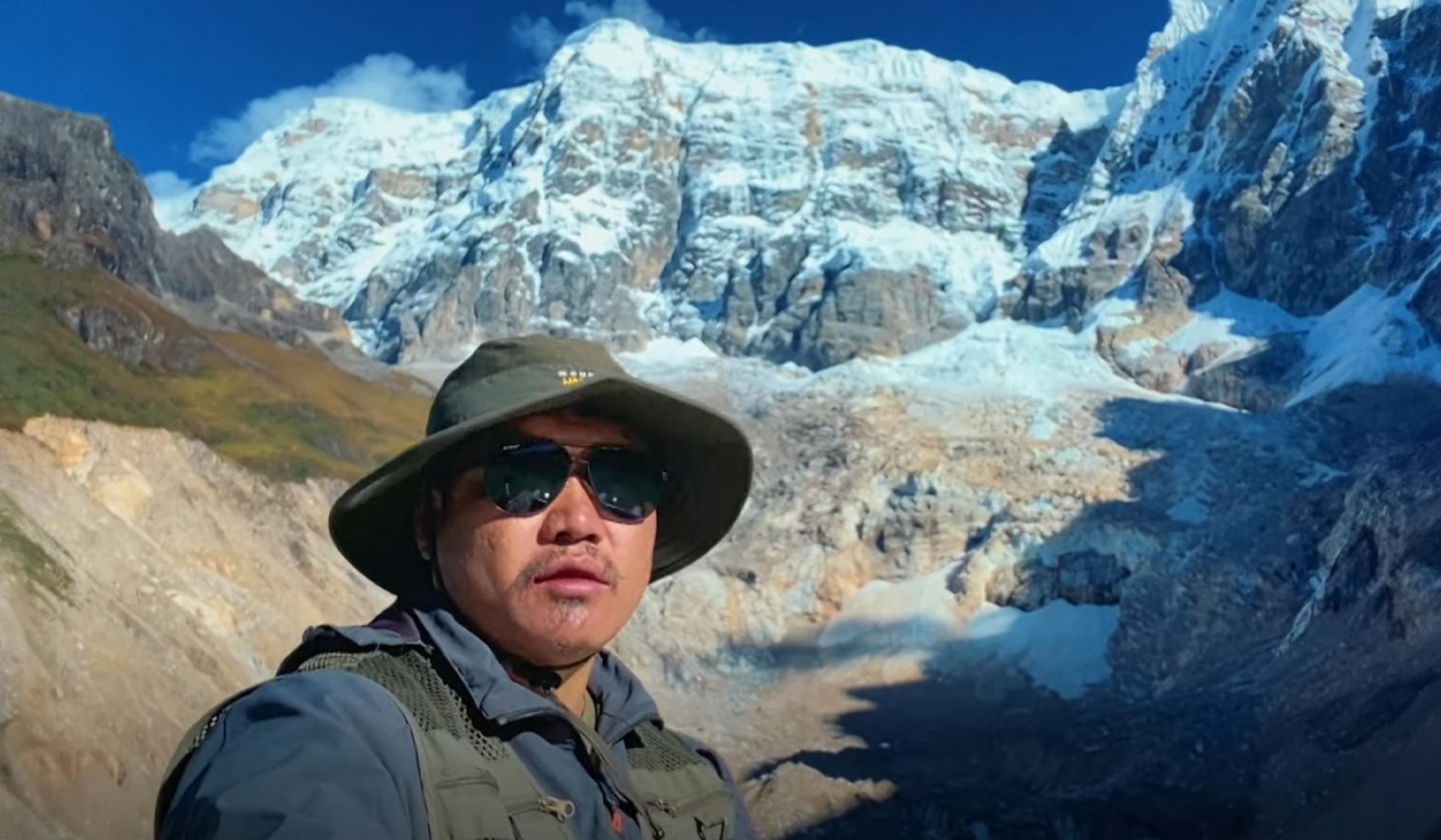
video
Earth science and climate
The only man permitted in Bhutan’s sacred mountains chronicles humanity’s impact
22 minutes
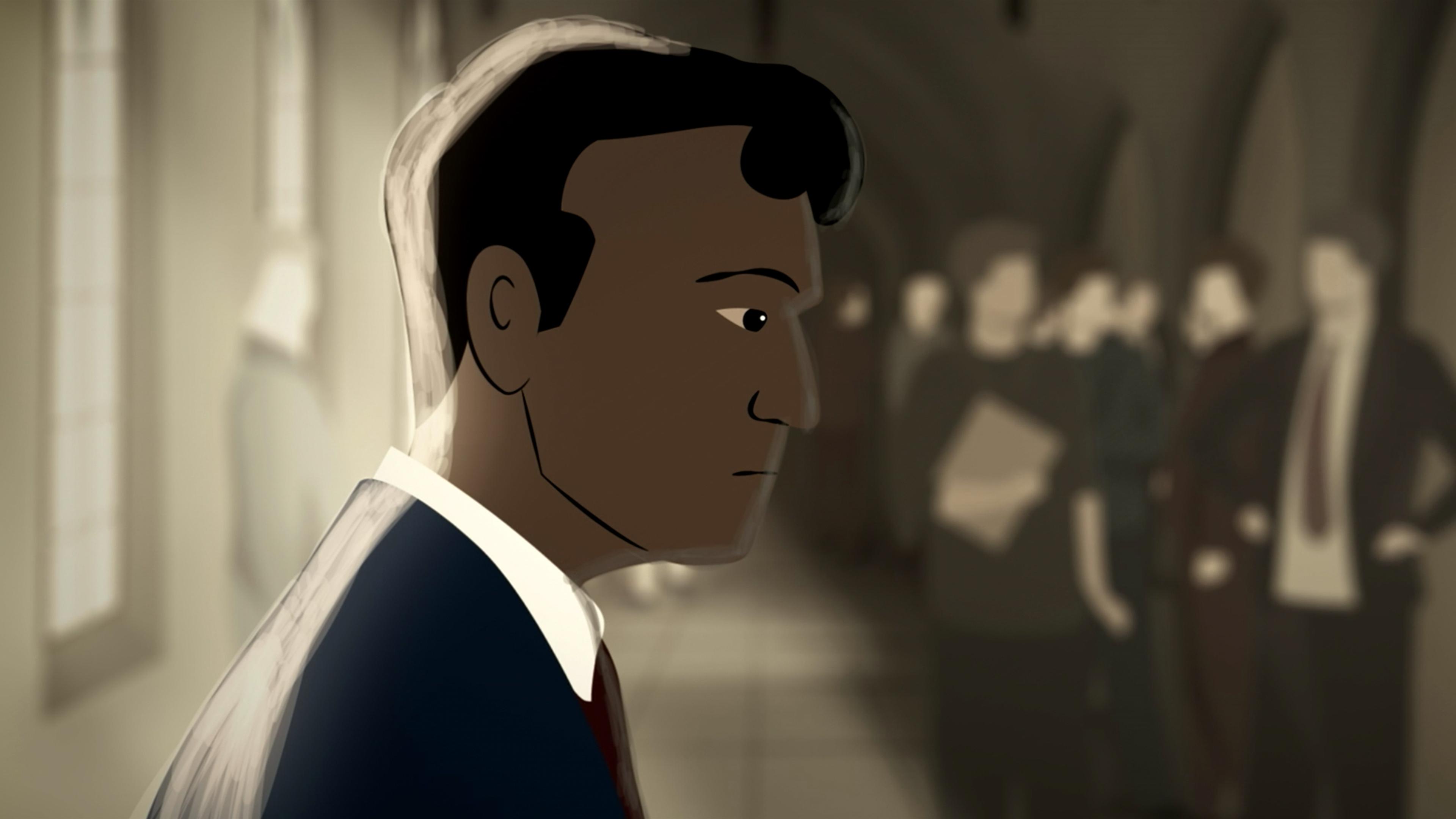
video
Cosmology
The Indian astronomer whose innovative work on black holes was mocked at Cambridge
13 minutes

video
Astronomy
Seven years later, what can we make of our first confirmed interstellar visitor?
59 minutes